The fastener industry is an intricate field that plays an indispensable role in almost every sector, from construction and aerospace to automotive and machinery. Whether you’re a newcomer to the fastener world or an industry veteran, understanding the basic terminology can significantly impact the quality of your work. This article aims to demystify the language of screws and fasteners, providing a comprehensive glossary that’s not only educative but also practical.
Table of Contents
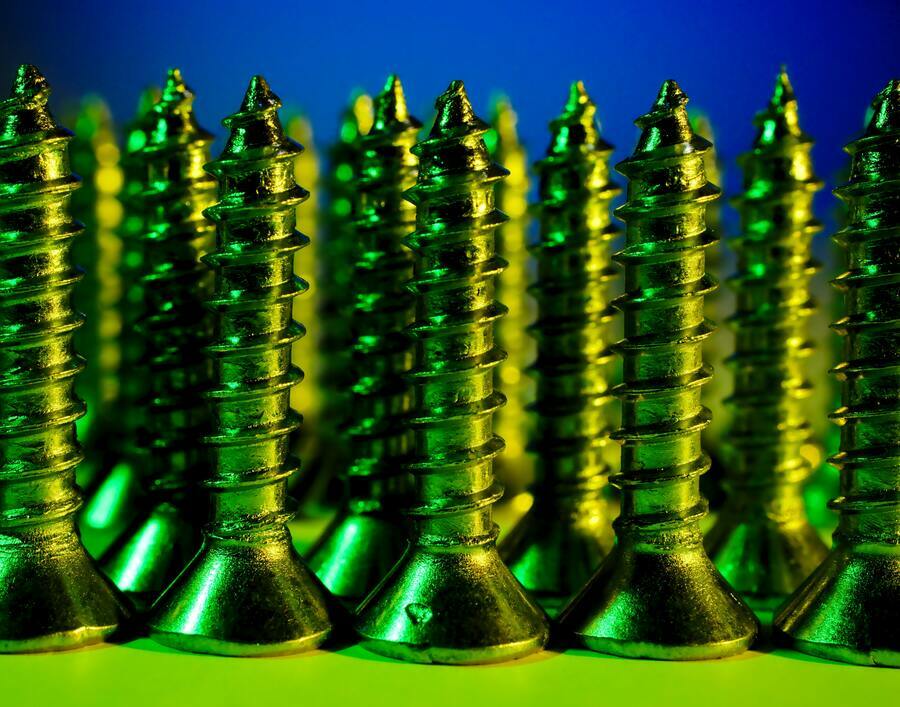
Screw Terminology
Pitch
The pitch refers to the distance between the threads on a screw, generally measured in millimeters or inches. Knowing the pitch is crucial for selecting the right screw for your application.
Drive
The drive is the part of the screw head that allows for the insertion of a tool, such as a screwdriver or a wrench. Common types include Phillips, flathead, and Torx.
Gauge
Gauge signifies the diameter of the screw. The higher the gauge number, the thicker the screw.
Screw Thread Terminology
Thread Count
Thread count, often mistaken with pitch, is the number of threads per inch (TPI) or per centimeter.
Major Diameter
This is the largest diameter of a screw thread, measured from the thread’s outermost boundaries.
Minor Diameter
In contrast, the minor diameter is the smallest diameter, measured between the innermost edges of the threads.
Crest
The crest refers to the surface point of a screw thread, which is opposite the root, the bottom of the thread.
Flank
The flank is the straight sides connecting the crest and the root of the thread.
Fastener Terminology
Nut
A nut is a type of fastener with a threaded hole that aligns with a bolt or a screw.
Washer
A washer is a thin plate with a hole that is typically used to distribute the load of a threaded fastener like a screw or a nut.
Anchor
Anchors are used to attach objects to concrete or masonry. They are inserted into pre-drilled holes and tightened to secure the object.
Threaded Fastener Terminology
Tensile Strength
Tensile strength is the maximum amount of tensile stress a material can withstand without failure.
Yield Strength
Yield strength is the amount of stress at which a material begins to deform plastically during the loading process.
Torque
Torque refers to the turning force applied to tighten a screw or a bolt, generally measured in Newton-meters (Nm) or foot-pounds (ft-lbs).
Ball Screw Terminology
Lead
The lead of a ball screw is the distance a nut will travel with a single revolution of the screw.
Ball Nut
This is a component that circulates ball bearings to convert rotational motion into linear motion.
Lead Screw Terminology
Backlash
Backlash is the small amount of play observed when the direction of movement is reversed, commonly found in lead screws.
Thread Forms
Thread forms refer to the shape of the thread profiles, which could be square, trapezoidal, or acme, among others.
Screw Head Terminology
Countersink
A countersink screw head is designed to sit flush with the surface of the material.
Pan Head
Pan heads are slightly rounded with short vertical sides, often used when the screw head is expected to be seen in the finished product.
Dome Head
Dome heads are entirely rounded, offering an aesthetic finish but providing less torque compared to other heads.
Conclusion
Understanding the basic terminology in the fastener industry can be invaluable for professionals across various sectors. From screws and threads to fasteners and their components, this glossary serves as a foundational guide for anyone interested in the field. As the industry evolves, so too will its language. But these basic terms will remain fundamental, assisting you in making educated decisions for your applications.
Feel free to share this comprehensive guide with your colleagues and friends who wish to delve deeper into the fastener industry’s language. For more such informative articles, subscribe to our blog!
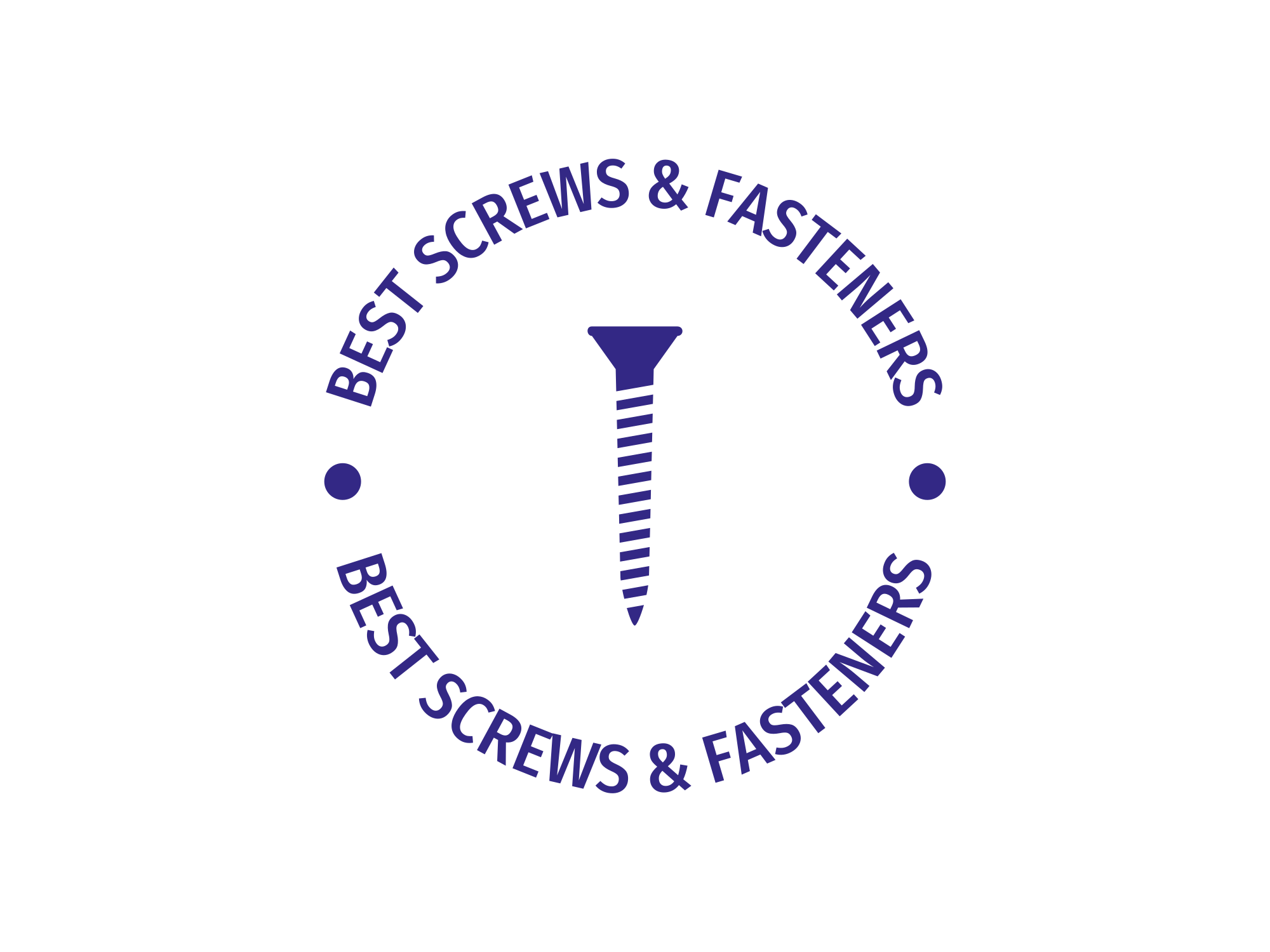
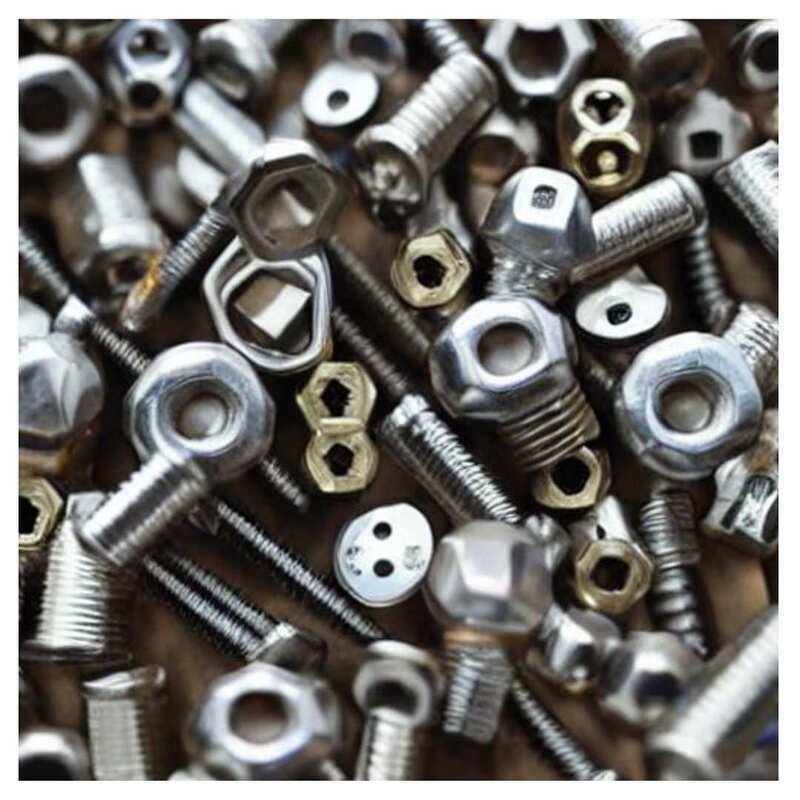
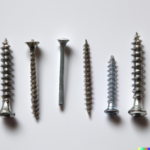
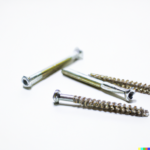
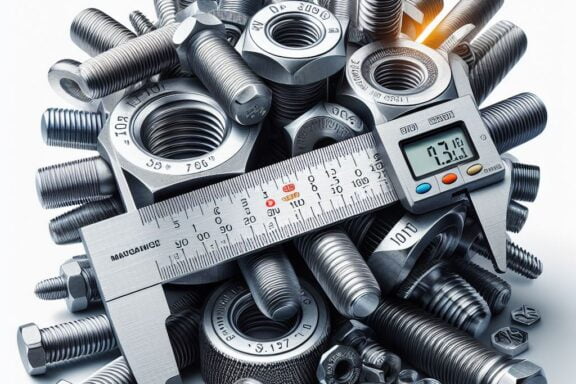
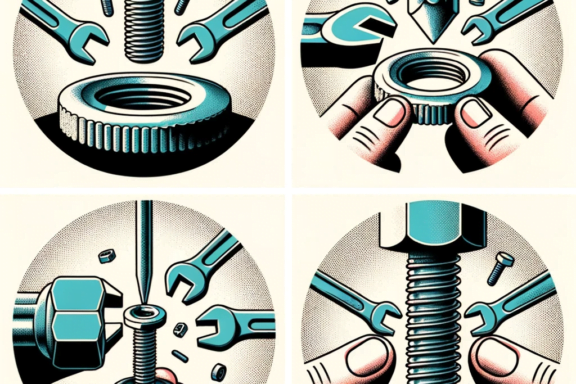
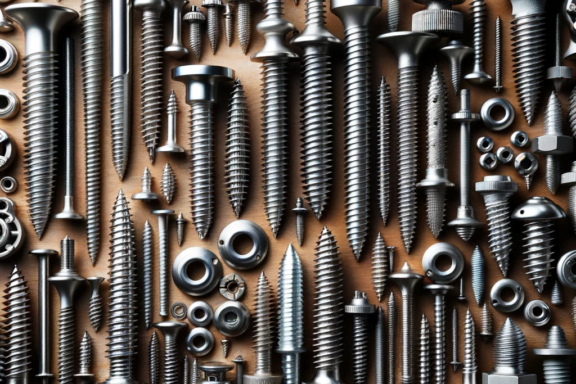
No Comments